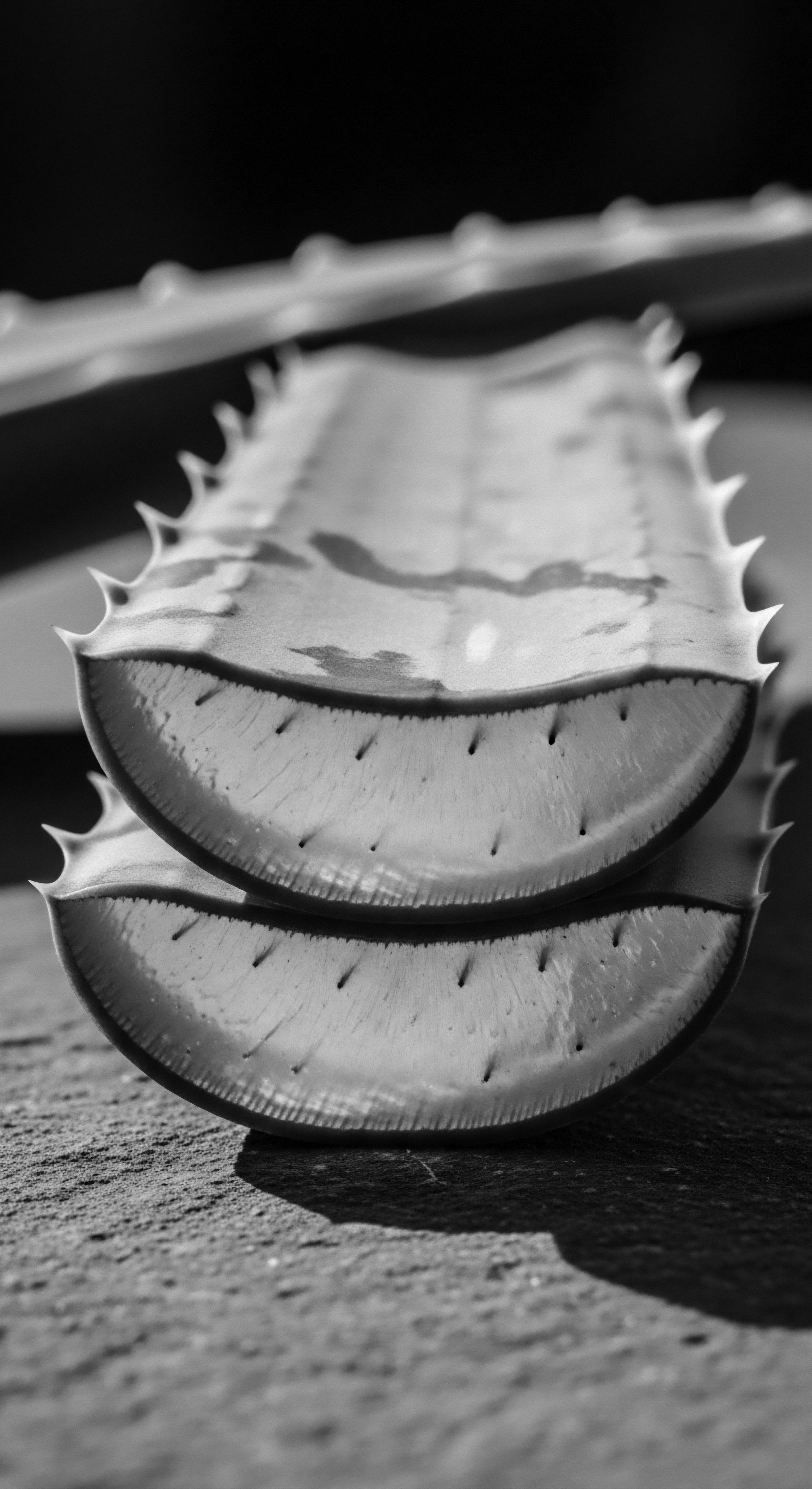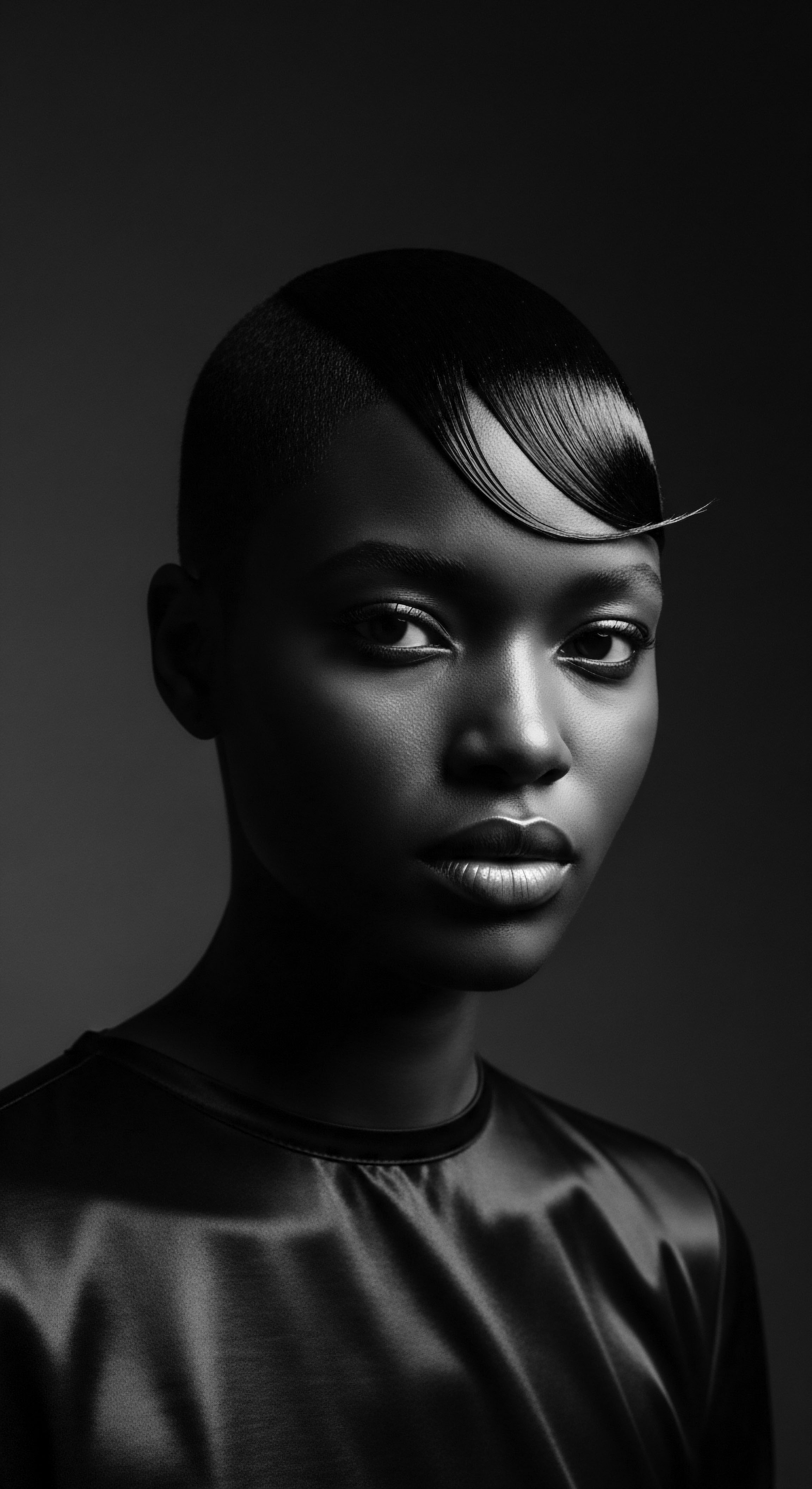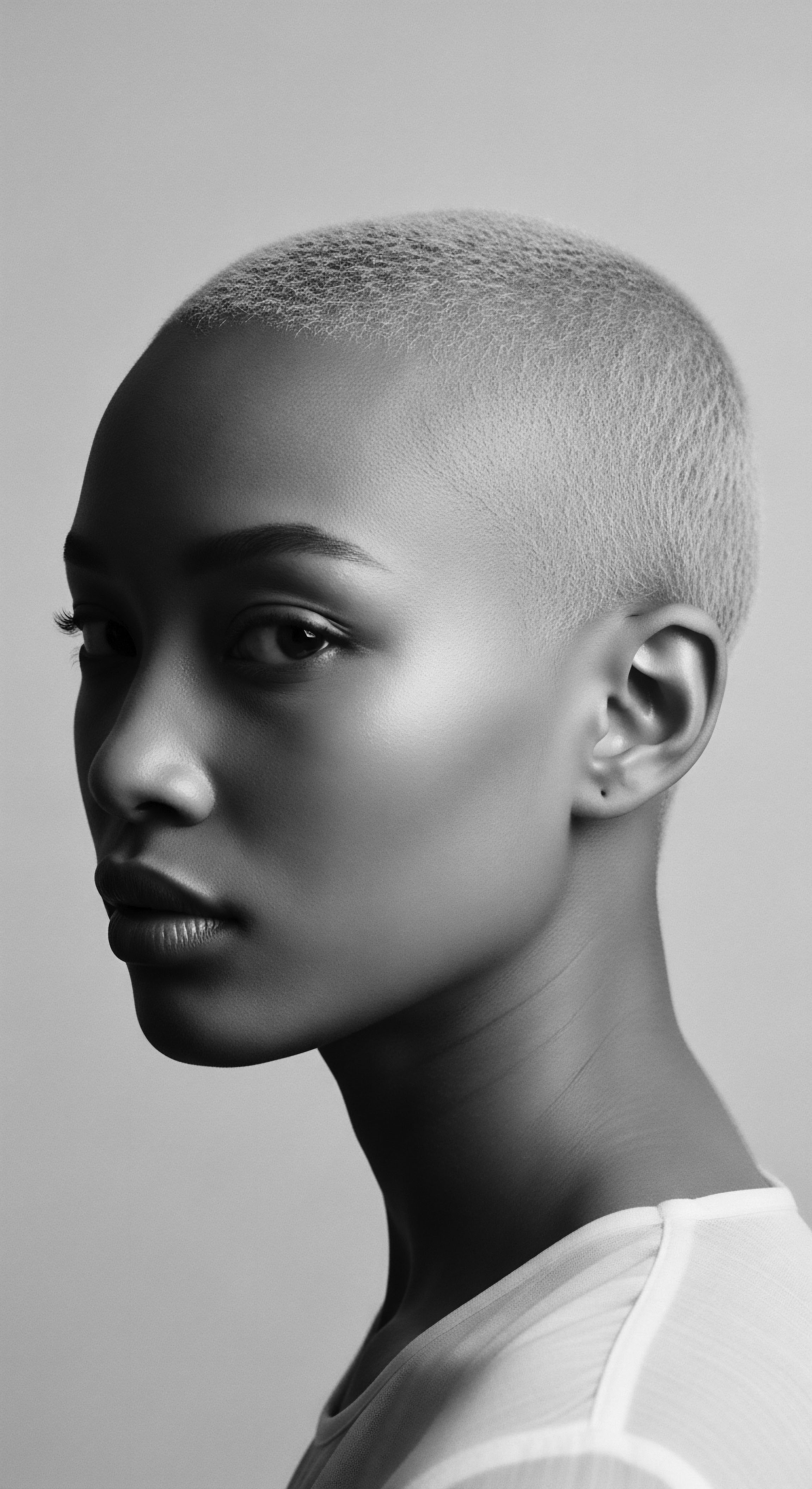
Do head coverings hydrate textured hair?
Head coverings, particularly those of silk or satin, preserve textured hair hydration by reducing friction and preventing moisture loss, echoing ancestral care.

What materials protect textured hair at night?
Smooth materials like silk or satin protect textured hair at night, a practice deeply rooted in Black hair heritage.

Which materials are most beneficial for textured hair protection at night?
Silk and satin are most beneficial for textured hair protection at night due to their smooth surface, minimizing friction and preserving moisture, a practice echoing centuries of Black hair heritage.

